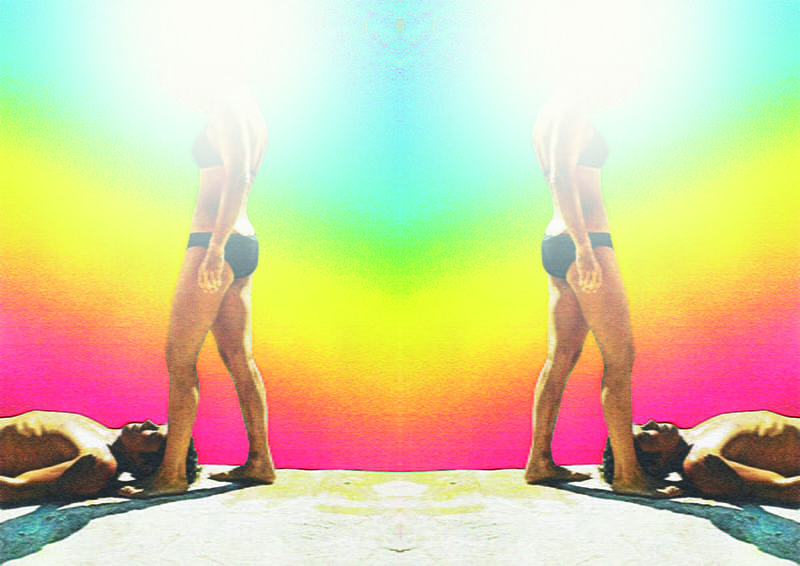Christmas 1996, Colorado: Little JonBenet Ramsay, 6-year-old mini-miss, is found dead in the basement of her house. Even today, the murder remains unsolved, and theories follow one another, such as the actors of this fake Netflix documentary, Casting JonBenet. Fake documentary in its direction, but very sincere in its way of capturing words and thoughts, like so many versions of JonBenet's murder. A fascinated vision, which brilliantly probes the repercussions of such a tragedy.
The actors and actresses follow one another to land the roles and thus be able to reconstitute the Ramsey family: we need a cold and distant mother, an absent and devastated father, a disturbed brother, and finally a little girl whose life will be savagely torn away. But how do we recreate facts of which we don't even know the true version? Kitty Green chooses to treat the news item not as fiction or a documentary, which would in both cases be false and uninteresting approximations, but by probing under the pretext of a casting the reactions and feelings of those who lived this drama closely.

Thus the Patsy and the John Benet are linked, alternating between casting shots and shot shots, with two different image formats to facilitate the transition from one to the other; Then these two formats end up overlapping and mixing. Because fiction always meets reality and vice versa, the documentary must show behind the scenes while keeping in mind that this drama still has no answer, and that the past is ultimately only the one we tell.
All these Patsy and John have their vision and their opinion on this drama, which they have forged with hindsight, but above all a personal experience: the camera of Casting JonBenet takes with a necessary hindsight these testimonies so precious on the judgments and fascinations that these dramas generate, in a kind of universality quite astonishing. Everyone has their opinion on this murder, and especially everyone seems to relate it to something much more personal, as if the only one suddenly became universal. Many come to talk about their private lives and its dramas, in an unprecedented mise en abyme. In the end, no selection is made, all the actors are kept, and the casting will have had the sole purpose of probing the aftermath of a crime without resolution, and to recreate a magnificent last scene that alone represents this plurality of stories.

The last two sequences of Casting JonBenet are undoubtedly the most successful: we witness, in an incredible lateral traveling, the shooting of the final scene, the result of this casting. A dozen Patsy/John couples play together, on the same stage and the same sets, all these interpretations and versions of the drama; All these visions resonate as so many possible and probable pasts, but also as so many personal stories that lie behind each of the actors and actresses. The film that began with a dozen JonBenet finally ends with a single girl, symbol of course of the real JonBenet, but also of a whole series of endless dramas and at the same time so personal and universal.
Thanks to a very controlled and adapted format, and a skilful and delicate direction, Casting JonBenet stands out from the simple interest in a dramatic news item, and manages to capture all the stories and visions of this unsolved story. A brilliant film with an incredible ending, which speaks aptly of our so justified fascination with these universal dramas.





















![Sum’One sort la pépite électro Let It Snow et le EP Hello Vera Sum'One - Let It Snow [Official Video]](https://www.justfocus.fr/wp-content/uploads/2024/11/SumOne.jpg)














